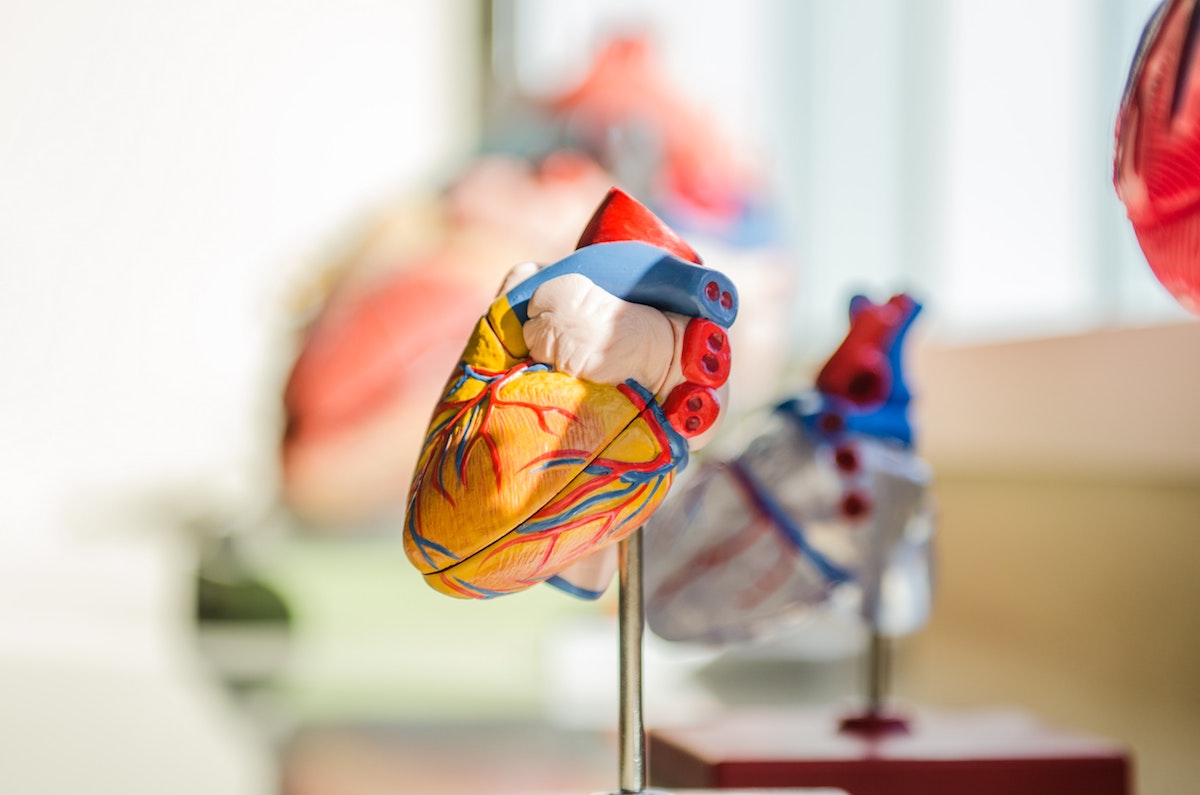Treatment of bifurcation lesions has remained a clinical challenge in interventional cardiology. There are often increased rates of acute and long-term complications with higher rates of periprocedural myocardial infarction related mainly to side branch occlusions.
Over the years, various strategies have evolved in managing these complex lesions. The conventional approach has been to focus on the main branch and to approach the branches with provisional stenting whenever possible. However, we are often faced with a dilemma when dealing with relatively larger (2.5 mm or greater) side branches. While the idea of a bifurcation stent has been floating around and explored for nearly two decades, thus far it has eluded us–until the Tryton stent.
Developed in large part by the leadership of Professor Aaron Kaplan at Dartmouth and Tryton Medical, this first bifurcation stent with regulatory approval is showing promise. Recently, the author was the first clinician in San Diego to deploy this stent in a bifurcation with excellent acute results.
Worldwide, 12,000 patients have already been treated with the device. A post-hoc analysis of a randomized investigational device exemption (IDE) trial demonstrated that treatment with the Tryton Side Branch Stent in the intended population of patients with side branches appropriate for a ≥ 2.5mm stent had reduced bailout stenting (0.7% vs 5.6%, P = 0.02) with statistically significant lower side branch percent diameter stenosis at nine-month follow up (30.4% vs 40.6%, P = 0.004) when compared with provisional stenting.
There were comparable major adverse cardiovascular events and myocardial infarction rates versus provisional stenting at 3 years. The safety was further established in a confirmatory study looking at non-inferiority when compared to the control arm of the exploratory IDE study.
We are finally in a position to tackle a challenging clinical problem with improved results and relative safety. I am looking forward to newer iterations and greater possibilities for this niche device in the future.
 Back to Blog Homepage
Back to Blog Homepage
